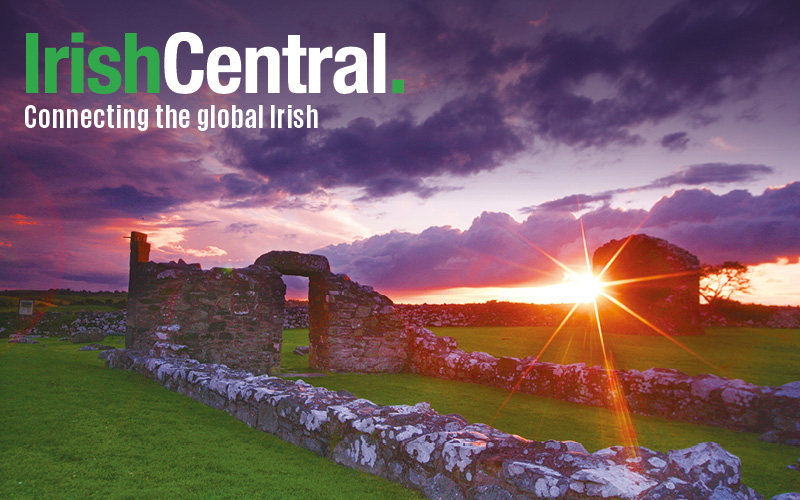A group of local citizen scholars have been researching the fate of Irish in Central Virginia, reports The Daily Progress.
For the past two years, members of the nonprofit organization Clann Mhor, which translates to "big family" in Gaelic, have been searching census records, payroll records, land deeds and other official documents looking for clues about the Irish who helped build the Crozet Tunnel and the Blue Ridge Railroad.
More than 200 of the workers would die along the railroad tracks high up on Afton Mountain and Clann Mhor wants to tell their story.
“Somebody has to find out what happened to all these 2,000 Irish men, women and children,” said Kevin Donleavy. “We know some died from cholera and some kept going with the railroad all the way up to Cincinnati and Chicago. But these were people who left a decimated little island centuries ago and how they got [to Nelson County] is still a question.”
-------------------
READ MORE:
Pa. mass grave of sick Irish railroad workers may be murder scene
Irish-American entrepreneur and railroad financier James “Diamond Jim” Buchanan Brady
Big dreams and harsh realities in the Big Apple
-------------------
The group helped discover small foundations cut into the side of the mountain that were once homes belonging to the Irish families working on the railway. These, along with gravesites on the railway’s path near Crozet, will become an archaeological dig site for the University of Maryland in the coming years.
"We think that the more research that is done, the more anecdotal stuff is going to come out about these guys. We don’t have a single letter from any of these 2,000 people,” Donleavy said. “We don’t have a portrait or likeness. We don’t really even know where in Ireland most of these people came from. All we know are the dry, archival facts.”
The group will be presenting its research at 2 p.m. Oct. 9 at the Nelson Center in Lovingston. They hope that the names and places these people lived will bring forward family stories or other local lore on the Irish population of Nelson.
“We feel they need some recognition. We are trying to piece together what life was like for the Irish that were here and the people that were in this community the railroad went through,” said group-member Michael Brittingham of Charlottesville. “Most importantly, if you look at the 1850 census in Albemarle and Nelson, we can account for more than 2,000 Irish. In the 1860 census, they’re gone. For over a century and a half they’ve been not just gone, but forgotten.”
Donleavy said they wanted to educate people on the contributions these people made to the community.
“Somebody had to do that nasty work on the railway,” he said. “The Irish did it under the threat of not having a penny in their pockets. We want people to know that, in a sense, we have a debt to these people who were working that hard.
“We all owe them something and they paid a price for that railway to Staunton.”




Comments